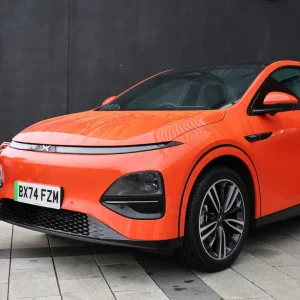Drivers who think their cunning short-cuts save time in the rush hour are kidding themselves, experts have revealed.
In fact, using a so-called rat run to bypass gridlock on bigger roads is more likely to make a commute longer.
Congestion at the busiest times on smaller roads is twice as bad as on main highways, according to research by satnav experts TomTom.
Its annual congestion report revealed that traffic jams in British cities have become worse, with average journeys in 2013 taking 27% longer than they would in free-flowing traffic – up from 26% in 2012.
TomTom says British commuters spend the equivalent of 10 working days a year stuck in traffic, up from nine a year ago.
But experts claim those clever little escape routes on which millions of drivers pride themselves are most likely a false economy.
As a driver trainer for the last 25 years, I don’t think there is a single viewpoint I haven’t heard regarding congestion: what the Government should do to ease congestion, what routes are the quickest from A to B, who causes it, and the effect it has on business. I’ve heard it all!
But the one thing we have to accept about congestion is that it’s likely to get worse in the coming years.
The experts may be right about drivers who take short-cuts adding to the problem. I don’t have any evidence to dispute that.
However, what I do know is that if you aren’t on the road in the first place, you can guarantee not to get stuck in it.
Are companies really doing enough to challenge drivers to consider if each and every journey is really necessary? Are we definitely using online meeting technology and video conferencing to its best? Who are these drivers who say “I’m not a fan of public transport” and then drive into the centre of our major cities and why are companies letting them?
At E-Training World we practice what we preach by often having quick meetings online, using the train to go to major cities and thinking before we jump in the car when asked to see a prospect at the other end of the country.
When we decided to challenge our use of our cars, and reduce our travel, our biggest fear was that business could be impacted.
Well, the truth is they were. Our productivity and sales went up and our costs went down.
But if you have to drive, think about how your behaviour contributes to hold ups.
Keep the traffic moving by approaching hazards and junctions slower, rather than coming to a sudden halt causing the driver behind to brake, and the driver behind them and so on.
If we take the example of a roundabout, by approaching it slower you can, on most occasions, fit in with the flow of traffic, thus avoiding the need to stop. You can also ease off ahead of traffic lights and other junctions too.
And if you’re merging from two lanes into one, don’t race to the front and force your way in. Ease in early and gently to help the traffic flow.
And remember the next time you are stuck in a traffic jam, don’t get angry. Instead use that time to think about how you can avoid it in future. After all, you may be part of the problem!





